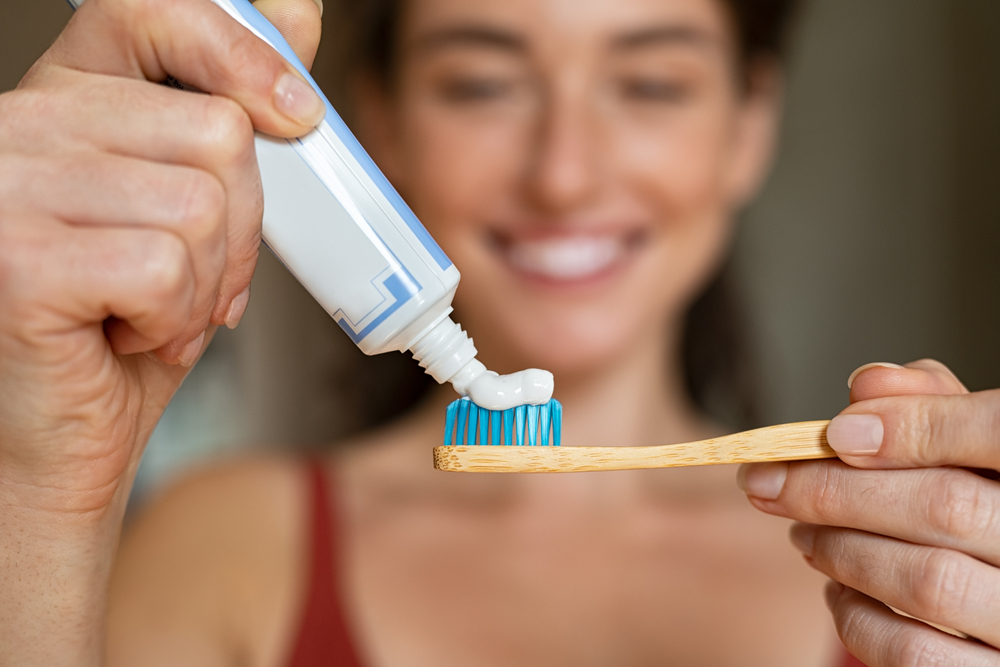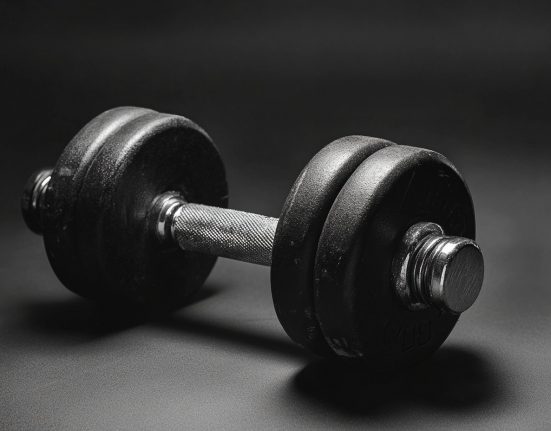Confused about how to choose the right toothpaste for dental hygiene? Follow these oral hygiene tips recommended by a dentist.
Do you tend to stand and stare at the variety of toothpastes available in the market and wonder how to choose the right toothpaste? Know that you’re not alone. The choices can be overwhelming. From offering whitening and fresh breath to cavity control and plaque removal and sensitivity protection – there’s a toothpaste for every dental issue. But which toothpaste is the best for your teeth?
There is no doubt that maintaining the radiance of your smile and well-being of your dental health starts with the simple yet crucial choice of selecting the right toothpaste. Let us help make an informed decision about the best toothpaste that will have your pearly whites gleaming.
Tips to choose the right toothpaste
Dr Parampreet Kohli (MDS), Aesthetic Dentist and Smile Designing Expert, Founder of Smile Couture Dental Clinic, Mumbai tells Health Shots, about the things to keep in mind before choosing the right toothpaste and the qualities of a good toothpaste.
1. Understand your dental needs
First and foremost, recognize your unique dental needs. Are you aiming to combat cavities, or address sensitivity? Identifying these needs will serve as your compass in the journey to find the perfect toothpaste.
2. Embrace the fluoride factor
Fluoride is your smile’s best friend. It is a mineral that fortifies your teeth against decay by remineralising weakened enamel. To ensure optimal protection, opt for toothpaste with fluoride listed as an active ingredient.
3. Sensitive teeth solution
Regular use of desensitising toothpaste will reduce your teeth’s sensitivity if they are sensitive to heat or cold. This is because it contains compounds such as potassium nitrate or strontium chloride that help block the dentinal tubule, thus blocking the transmission of sensation from the surface of the teeth to their nerves. This alleviates teeth sensitivity.
4. Toothpaste for kids
This type of toothpaste typically contains less amount of fluoride. Kids’ toothpaste also has fewer abrasives because their teeth have far less mineral content than adults’ teeth do. Children’s toothpaste also has flavours to make them enjoy brushing their teeth.
5. The ADA Seal of Approval
Trust the experts. Look for the American Dental Association (ADA) seal on the toothpaste packaging. This seal ensures that the toothpaste has met rigorous safety and effectiveness standards.
6. Avoiding unnecessary additives
Steer clear of toothpaste containing excessive artificial sweeteners, colours and harsh abrasives. These additives can be abrasive on enamel or cause unnecessary irritation.
7. Consult your dentist
When in doubt, consult your dentist. They have a wealth of knowledge about your dental health and can provide personalized recommendations based on your unique needs.
Your toothpaste choice is more than a mere routine. It’s a step towards a healthier, brighter smile. Remember, consistency in brushing technique, proper flossing and regular dental visits are the cornerstone of a winning oral care regimen. Choose wisely, smile brightly and let your confidence shine!
Tips to maintain oral hygiene
It is well known that good oral hygiene is crucial for overall health. Maintaining dental care goes beyond just knowing how to choose the right toothpaste. Here are some essential tips to keep your oral hygiene in check:
Brush regularly: Brush your teeth at least twice a day, preferably in the morning and before bedtime, with the right toothpaste according to your needs. Also don’t forget to brush your tongue to remove bacteria and to freshen up your breath.
Floss your teeth: This is an oral hygiene step we often let go of, but we shouldn’t. Dental floss helps remove food particles and plaque from between teeth and along the gumline, where your toothbrush can’t reach.
Maintain a balanced diet: Limit sugar-laden and acidic foods and drinks, which can lead to tooth decay. Instead, opt for a diet rich in fruits, vegetables and calcium-rich dairy products.
Stay hydrated: Drinking water helps wash away bacteria and food particles, reducing the risk of cavities and bad breath.
Go for regular dental check-ups: Visit your dentist every six months for professional cleanings and check-ups to diagnose and address any issues early.
Avoid excessive smoking, alcohol and caffeine: These habits can contribute to gum disease and stained teeth.
Change your toothbrush at regular intervals: Replace your toothbrush every 3-4 months or sooner if bristles seem worn out.
At the end of the day, remember that good oral hygiene takes time, patience and consistency. Make it a daily habit for a lifetime of healthy smiles!









